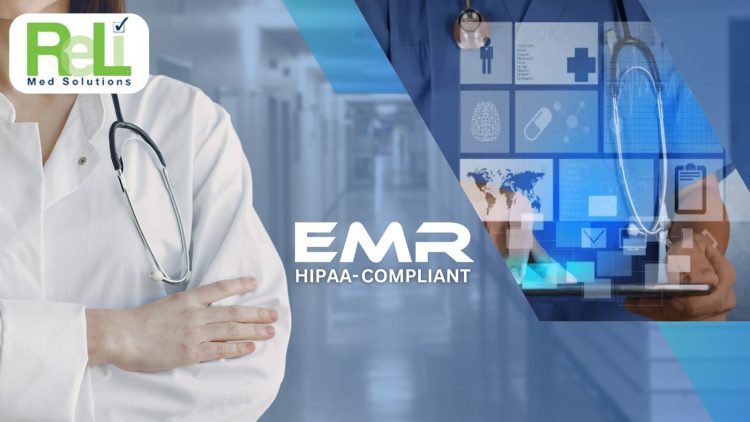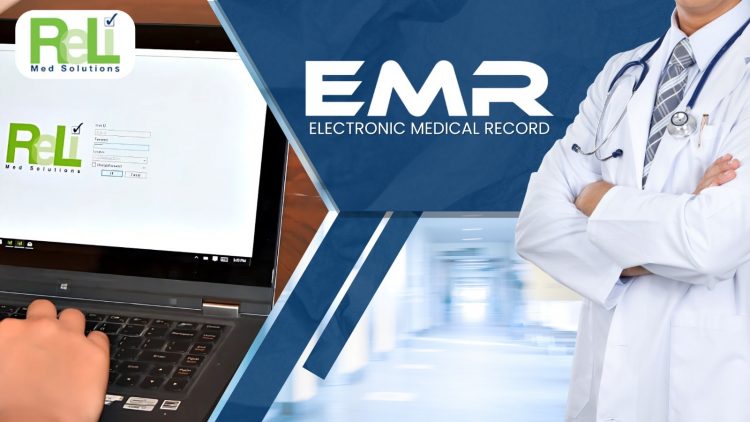Top Reasons to Integrate HIPAA-Compliant EMR Software with Other Healthcare Systems
Healthcare is changing quickly, and technology is making it easier to care for patients and run clinics better. One of the best tools is HIPAA-Compliant EMR Software. But just using this software alone is not enough anymore. Connecting it with other systems is very important because it helps doctors and nurses share info faster and makes everything work smoothly. If your clinic has not done this yet, it’s a good time to start. This step makes work easier for healthcare staff and gives better care to patients.
What is HIPAA-Compliant EMR Software and Why Does It Matters?
HIPAA-Compliant EMR Software is made to store, manage, and share patient data safely. It also follows strict rules to protect patient privacy. Because of this, patients trust their healthcare providers more, and clinics avoid any legal trouble. This software helps doctors see the right Medical Records when treating patients. It also makes billing and scheduling easier, saving a lot of time. So, if your clinic wants to improve patient care and work faster, using this software is very helpful.
Reasons and Benefits for Integrating with Other Healthcare Systems
1- Improved Patient Care Coordination
By connecting HIPAA-Compliant EMR Software with other systems, healthcare providers can see all the important info about a patient, like Medical Records, lab results, and treatments. If a patient goes to many doctors, all of them can share the same info quickly. Because of that, doctors can make better decisions, and patients get the right treatment faster.
2- Enhanced Data Accuracy
Sometimes, typing information manually can cause mistakes. But if you connect systems like EHR, the data is shared and updated automatically. This means fewer errors and the right information is always available for doctors and staff. If your clinic wants to avoid mistakes and work better, integration is a good idea.
3- Streamlined Workflows
Connecting EMR with billing, scheduling, and lab systems makes daily tasks much faster. For example, when a doctor orders a test, the lab gets the request instantly, and the results go straight into the system. Because of this, staff do not have to do extra work, and doctors can focus more on patients. So, integration helps save time and makes everyone’s job easier.
4- Regulatory Compliance
Following HIPAA rules is very important, but it can be hard to manage when systems are not connected. HIPAA-Compliant EMR Software helps keep everything in line with the rules. If your systems are connected, you can avoid mistakes and legal issues. Because of that, your clinic can stay focused on patient care and not worry about breaking any rules.
5- Cost Savings
Integration can save money by reducing repeated tests and cutting down on extra work. When systems like EHR and Medical Billing Services connect, all departments can access the same data. So, there is no need to do things twice, and the clinic can use its money and resources better. You can use these savings for other important improvements in the clinic.
6- Better Patient Experience
Patients are happier when their care is smooth and fast. When a doctor refers to a patient, they quickly share the patient’s medical records and test results, avoiding delays. This approach helps patients feel more cared for and receive treatment faster. So, integration is good for both the clinic and the patients.
Common Challenges and How to Overcome Them
Connecting HIPAA-compliant EMR Software with other systems can sometimes be tricky. One big problem is that different systems might not work well together. Choose software that follows standards like HL7 or FHIR to solve this. Another challenge is moving data, which can be slow and risky. If clinics hire skilled IT experts and create backup plans, they can avoid these risks. Lastly, some staff may not want to use new systems. Because of this, proper training and showing the benefits can help them feel comfortable with the change.
Key Considerations Before Integration
Before connecting HIPAA-compliant EMR Software with other systems, clinics need to check their current tools and what they need for the future. If the old systems do not work well with the new ones, it can cause problems. It is important to choose software that fits well with what you already have. Security is also very important. Because of that, make sure the software follows HIPAA rules and keeps patient data safe. The system should also grow as the clinic grows. So, choose a system that can handle more work in the future. Lastly, work with a company that provides good support and training to make the process easier.
How ReLi Med Solutions Can Help?
ReLi Med Solutions is a trusted company that offers HIPAA-compliant EMR Software designed to make integration simple. Their software is made to work well with other systems, ensuring everything runs smoothly. If you are worried about keeping data safe, their tools have strong security features that follow all HIPAA rules. Their team also helps with every step of the process, from setting up the system to training the staff. Because of that, your clinic can focus on patients while ReLi Med Solutions handles the technology.
Conclusion
Integrating HIPAA-Compliant EMR Software with other healthcare systems is no longer a choice; it is a must for clinics today. It improves patient care, saves money, and makes work easier for everyone. Clinics need to think carefully about the challenges and pick the right tools. If you work with a trusted company like ReLi Med Solutions, the process will be smooth and effective. Because of this, your clinic will stay ahead in delivering great patient care and running operations better.















 When choosing
When choosing 


